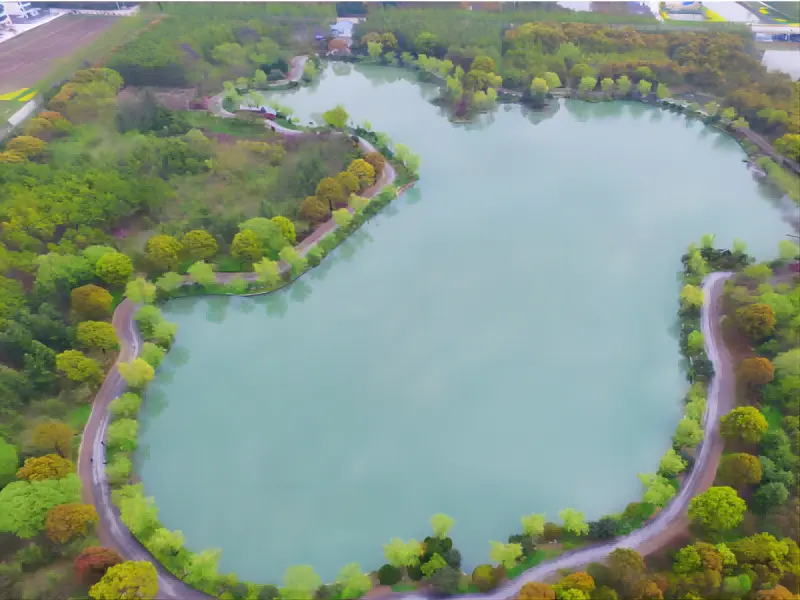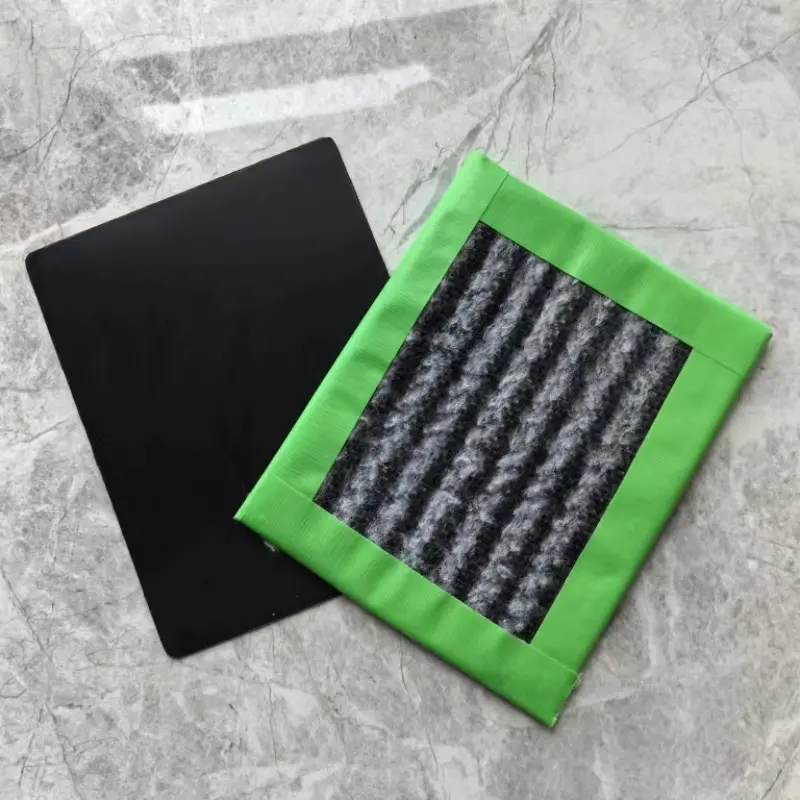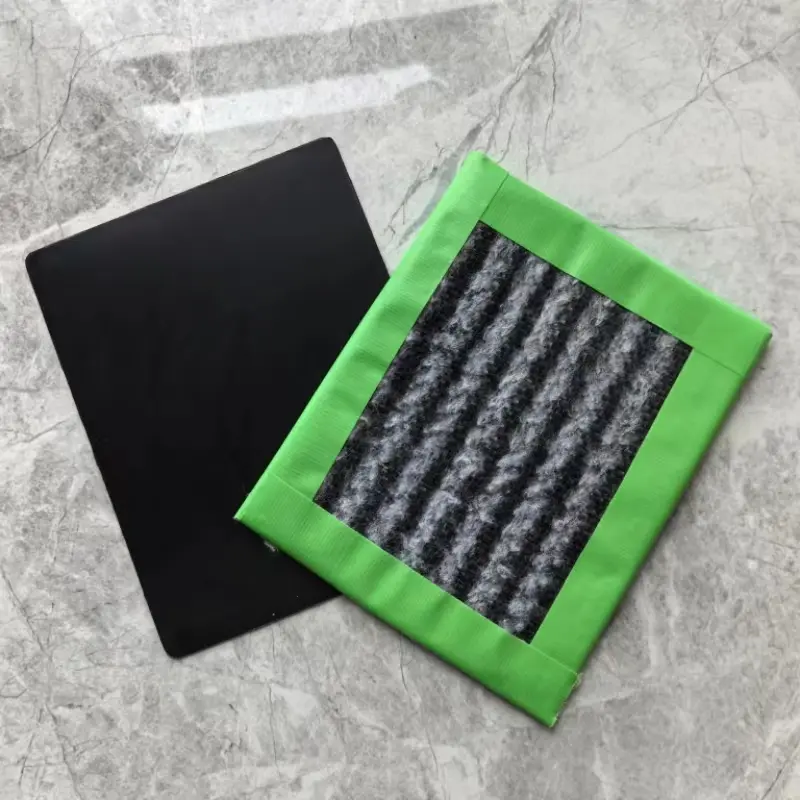Artificial lake

An artificial lake, also known as a man-made lake or reservoir, is a body of water created by human intervention rather than occurring naturally.
constructed for various purposes, serve as versatile resources in both urban and natural landscapes. They are vital for water supply, storing water for drinking, irrigation, industrial use, and hydropower generation. Additionally, they contribute to flood control by regulating water flow, thus reducing downstream flood risks. Beyond their utilitarian functions, artificial lakes offer recreational opportunities such as boating, fishing, and swimming, while also enhancing the aesthetic appeal of their surroundings. Often integrated into landscaping and urban development projects, they serve as focal points in parks, gardens, and residential communities, providing tranquility and natural beauty. Furthermore, artificial lakes play a crucial role in ecological restoration efforts, restoring wetlands, supporting wildlife habitats, and fostering biodiversity. Since artificial lakes are usually formed through artificial levees or other structures, if there are no effective waterproof materials to cover or line the lake bottom and levees, water may leak through soil seepage or structural gaps, causing water levels to drop or groundwater contamination. Therefore, using waterproof materials to cover the lake bottom and embankments can effectively maintain the stability and safety of the water body and ensure the durability and reliability of the artificial lake.
Best Waterproofing Materials for Artificial lake
1, Geosynthetic Clay Liners (GCL):
GCL consists of bentonite clay sandwiched between two layers of geotextile. It offers excellent hydraulic conductivity and self-sealing properties, making it an effective choice for waterproofing artificial lakes.

Waterproofing materials play a crucial role in preventing water leakage and ensuring the structural integrity of the artificial lake. These materials need to withstand constant exposure to water, resist erosion, and maintain their effectiveness over time. There are two best waterproofing materials for artificial lake:
285634.webp)
The performance features of GCL compared to compacted clay liners are as follows:
1), Small volume and light weight: GCLs typically have a smaller volume and are lighter in weight compared to compacted clay liners. This makes them easier to transport, handle, and install.
2), Flexibility: GCLs are flexible materials, allowing them to conform to the contours of the underlying terrain. This flexibility enables them to adapt to uneven settlement and minimize the risk of cracking or damage.
3), Excellent sealing: GCLs provide excellent hydraulic conductivity (permeability) properties, effectively sealing off liquids and gases. This feature helps prevent leakage and migration of contaminants in various containment applications, such as landfill liners and mining waste covers.
4), Easy construction: GCL installation is typically simpler and faster compared to compacted clay liners. They often come in pre-manufactured rolls or panels, which can be easily transported to the site and laid out according to the project requirements. This ease of construction can result in cost and time savings.
5), Adaptability to uneven settlement: GCLs can accommodate differential settlement more effectively than compacted clay liners due to their flexibility. This property reduces the likelihood of damage or failure in applications where settling of the underlying soil may occur.
In a word, these performance features make GCLs a preferred choice in various geotechnical and environmental engineering applications, offering advantages in terms of efficiency, effectiveness, and durability compared to traditional compacted clay liners.
2, 1.5mm HDPE (High-Density Polyethylene) geomembrane Liners:
682882.webp)
A 1.5mm HDPE geomembrane liner is a specific type of liner made from high-density polyethylene with a thickness of 1.5 millimeters. It is used to provide impermeable barriers in engineering and environmental containment applications, offering excellent resistance to leakage, chemicals, and environmental factors.HDPE liners are durable, flexible, and resistant to UV radiation and chemical degradation. They provide a reliable barrier against water seepage and are suitable for various soil conditions.
Main functions of 1.5mm HDPE (High-Density Polyethylene) geomembrane in artificial project:
The 1.5mm HDPE (High-Density Polyethylene) geomembrane liner plays the following roles in the construction of artificial lakes:
1), Waterproof Isolation: Artificial lakes require prevention of groundwater infiltration and leakage of lake water. HDPE geomembrane serves as a waterproof isolation layer, effectively preventing water infiltration, ensuring that lake water does not leak into the surrounding soil or groundwater.
2), Environmental Protection: Geomembranes prevent pollutants in lake water from infiltrating into groundwater or soil, thereby protecting the surrounding ecological environment from pollution.
3), Water Quality Control: Geomembranes help control the water quality in artificial lakes by preventing external pollutants from entering the lake water. Additionally, they reduce water loss from the lake, contributing to the stability and quality of the water.
4), Foundation Stability: HDPE geomembranes can be used as bottom waterproof layers for artificial lakes, effectively preventing groundwater infiltration and stabilizing the lake's foundation, thus reducing the risk of foundation settlement and deformation.
5), Maintenance and Management: With the flexibility of 1.5mm HDPE geomembrane, it can adapt to different shapes and terrains in the lake, making maintenance and management of the lake easier and more efficient.
In summary, the 1.5mm HDPE geomembrane liner and GCL play a crucial role in the construction of artificial lakes by providing waterproof isolation and environmental protection, helping to maintain water quality and the ecological environment of the lake, and ensuring the stability and sustainable development of the lake.
FAQ
1, What are the key advantages of using 1.5mm HDPE geomembrane and GCL for artificial lake waterproofing?
Both 1.5mm HDPE geomembrane and GCL offer excellent waterproofing properties, effectively preventing water infiltration and ensuring the integrity of artificial lake structures.
2, How does the installation process differ between 1.5mm HDPE geomembrane and GCL for artificial lake waterproofing?
Installing 1.5mm HDPE geomembrane involves rolling out and welding the panels together, providing a seamless barrier. GCL installation typically involves placing pre-manufactured rolls or panels directly onto the prepared surface, simplifying the process.
3, Can 1.5mm HDPE geomembrane and GCL accommodate irregularities in the artificial lake's substrate?
Yes, both materials are flexible and can conform to the contours of the underlying terrain, accommodating uneven settlement and providing a consistent waterproofing barrier.
4, Are there any specific maintenance requirements for 1.5mm HDPE geomembrane and GCL after installation in artificial lakes?
Generally, both materials require minimal maintenance after installation. Regular inspections for damage or wear, as well as prompt repairs if necessary, can help ensure long-term effectiveness.
5, How do the cost and longevity of 1.5mm HDPE geomembrane and GCL compare for artificial lake waterproofing projects?
While the initial cost of 1.5mm HDPE geomembrane may be higher than GCL, its durability and longevity often result in lower overall lifecycle costs. GCL may offer a more cost-effective solution for certain applications but may require replacement or maintenance sooner.

897.webp)
942.webp)
237.webp)